Jack Higgins’s writing routine was said to start with dinner at his favourite Italian restaurant in Jersey, followed by writing through the night until dawn, when he rounded off the working day with a glass of champagne and bacon and eggs. With his estimated lifetime sales of 250 million copies, his routine seemed to work.
Len Deighton, on the other hand, takes a more austere view of his craft, arguing that the biggest dangers for a writer are alcohol and praise. He has a weakness for writers’ gadgets, though — in 1968, he leased an IBM Magnetic Tape Selectric Typewriter weighing 200lbs. The front window of his house had be to removed in order to deliver it. That’s true dedication.
Mike Ripley sprinkles the anecdotes through his account of the postwar British thriller with a generous hand. The book is the story of his love affair with a genre that goes back to his adolescence. He seems to have read everything of this nature and, even more remarkably, to remember it.
An award-winning crime writer and the Daily Telegraph’s crime reviewer for many years, Ripley wisely sets out his terms of reference early on.The book’s coverage is restricted to 1953–1975, when Britain was losing an empire but becoming the world leader in thriller writing. Perhaps this was not a coincidence. In literary terms, the period stretches from the publication of Ian Fleming’s Casino Royale to the years when ‘the Americans, slightly late as usual, joined the fray’.
Like heaven, the house of thrillers has many mansions. Ripley’s first task is one of definition: what exactly is a thriller? How does it differ from a crime novel? Fortunately, this is a readers’ guide, rather than a work of literary criticism, and the author doesn’t pretend to have cut-and-dried answers. He limits himself to exploring three sub-genres: the adventure thriller (think Alastair Maclean and Hammond Innes), spy fantasy (Ian Fleming) and, with more of a grounding in reality, spy fiction (Len Deighton, John le Carré).
The title comes from a letter from Fleming to Raymond Chandler, in which the former dismisses his own novels as ‘pillow fantasies of the bang-bang, kiss-kiss variety’. It pinpoints two of the ways in which post-war thrillers differed from their predecessors before the war.
Prewar writers such as John Buchan, Dornford Yates and Sapper had included violent episodes in their books, but it was violence with rules, like a school rugby match. Women occasionally appeared, but they were sexless things whose main role was to be rescued, after which they were allowed to coo admiringly at the hero.
After the war, broadly speaking, authors provided far more ‘shooty-bangs’, in le Carré’s dismissive phrase. They were also allowed to invent sex, albeit a fantasy version designed for a male audience which now seems astonishingly tame. (It’s not for nothing that thrillers are known rather snootily in the book trade as ‘dads’ books’ or ‘boys’ books’.)
There were other differences, too. Postwar writers joyfully jettisoned their predecessors’ rather desperate attachment to Edwardian beliefs about the officer class (and, correspondingly, to the notion of a working class that knew its place). Many of their thrillers lured readers with exotic settings and the vicarious pleasures of brand-name luxuries. Others used the form to explore themes of betrayal and patriotism in ways that often made reductive notions of ‘genre’ seem a little silly. Almost all of them, however, offered what Lee Child in his foreword calls ‘the joy of escaping, and the thrill of immersion in a fast and gaudy world’.
A particular strength of this witty and authoritative book is its range. Ripley deals with the work of lesser writers as well as that of the big names. More than a third of the space is devoted to appendices that list dozens of individual authors and discuss their lives and books.
These are worth reading simply for their rich haul of anecdotage. Did you know that ‘The Corgi model of Bond’s Aston Martin DB5, complete with working ejector seat… was one of the bestselling toys of the 1960s’? No? Nor did I, but I’m strangely glad I do now.
Got something to add? Join the discussion and comment below.
Get 10 issues for just $10
Subscribe to The Spectator Australia today for the next 10 magazine issues, plus full online access, for just $10.
You might disagree with half of it, but you’ll enjoy reading all of it. Try your first month for free, then just $2 a week for the remainder of your first year.

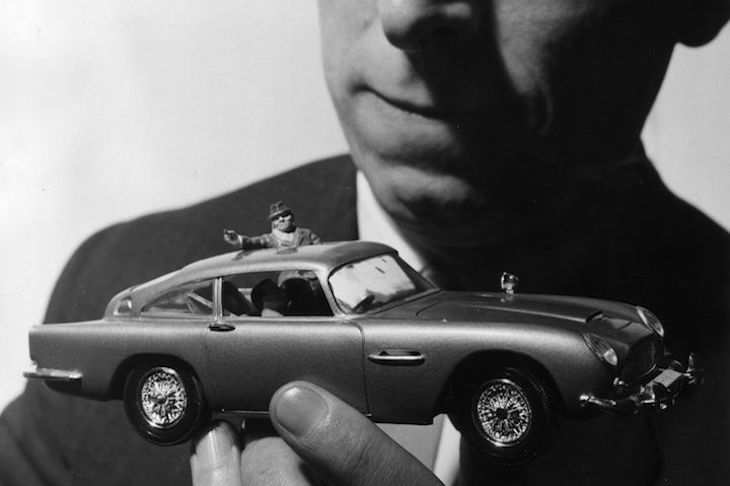
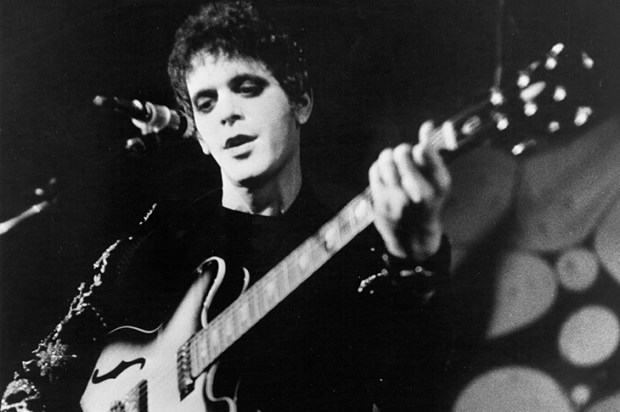
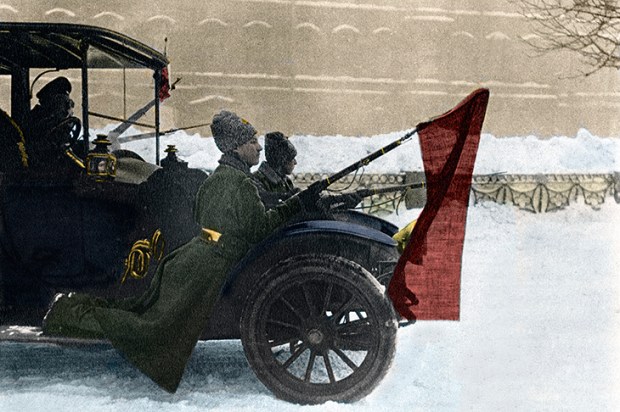
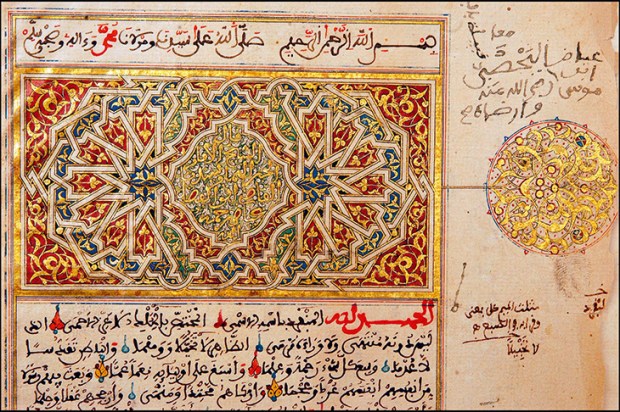


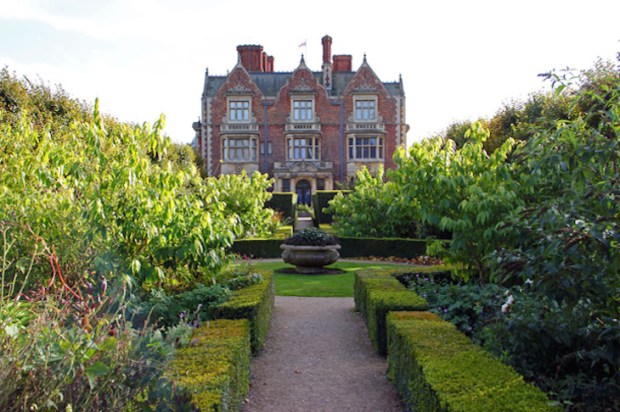






Comments
Don't miss out
Join the conversation with other Spectator Australia readers. Subscribe to leave a comment.
SUBSCRIBEAlready a subscriber? Log in